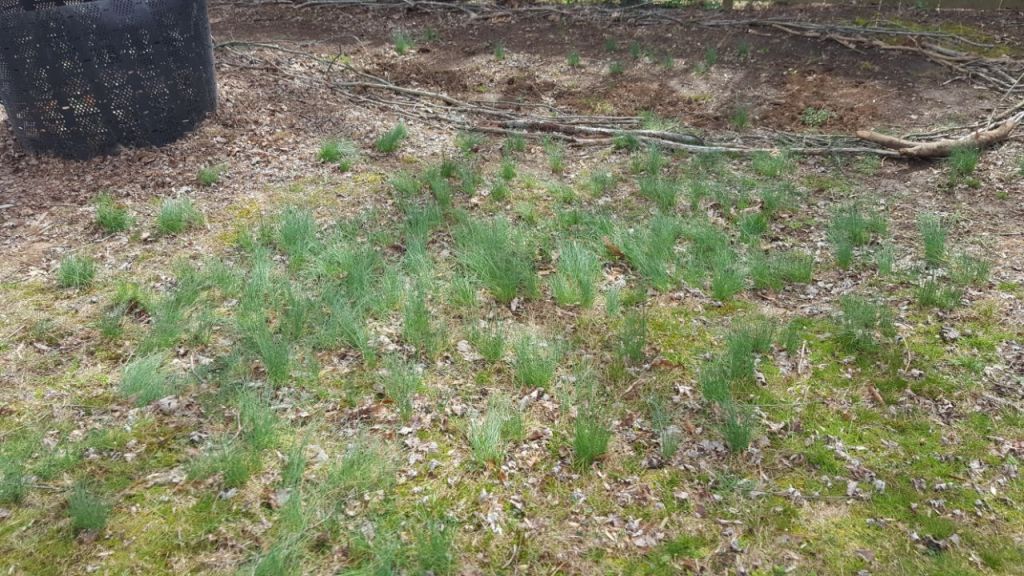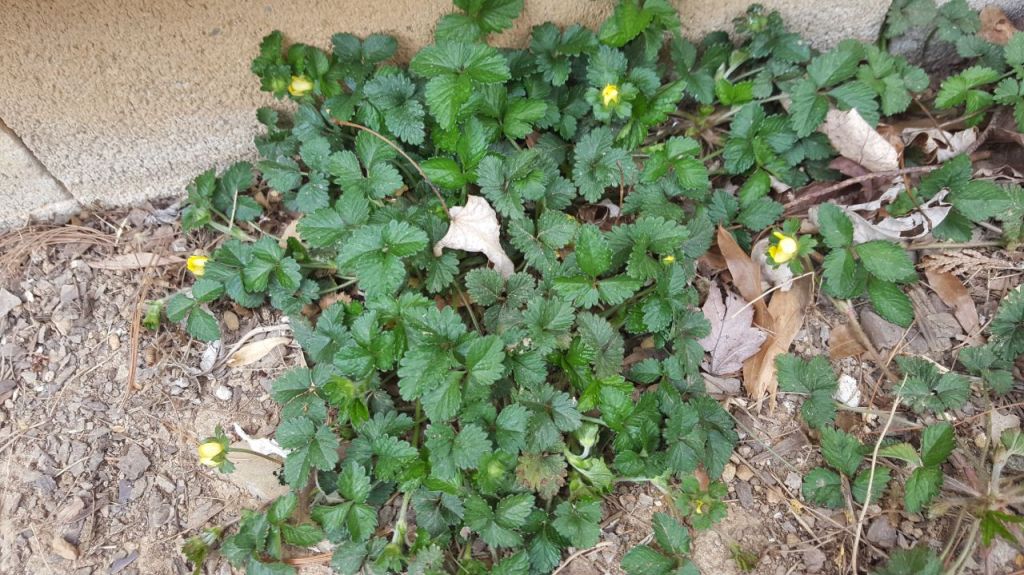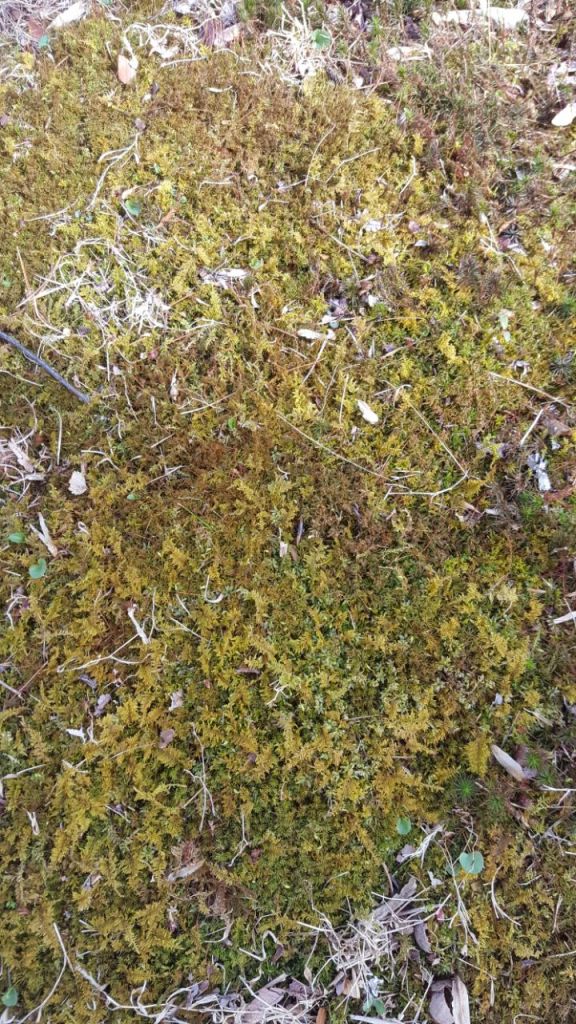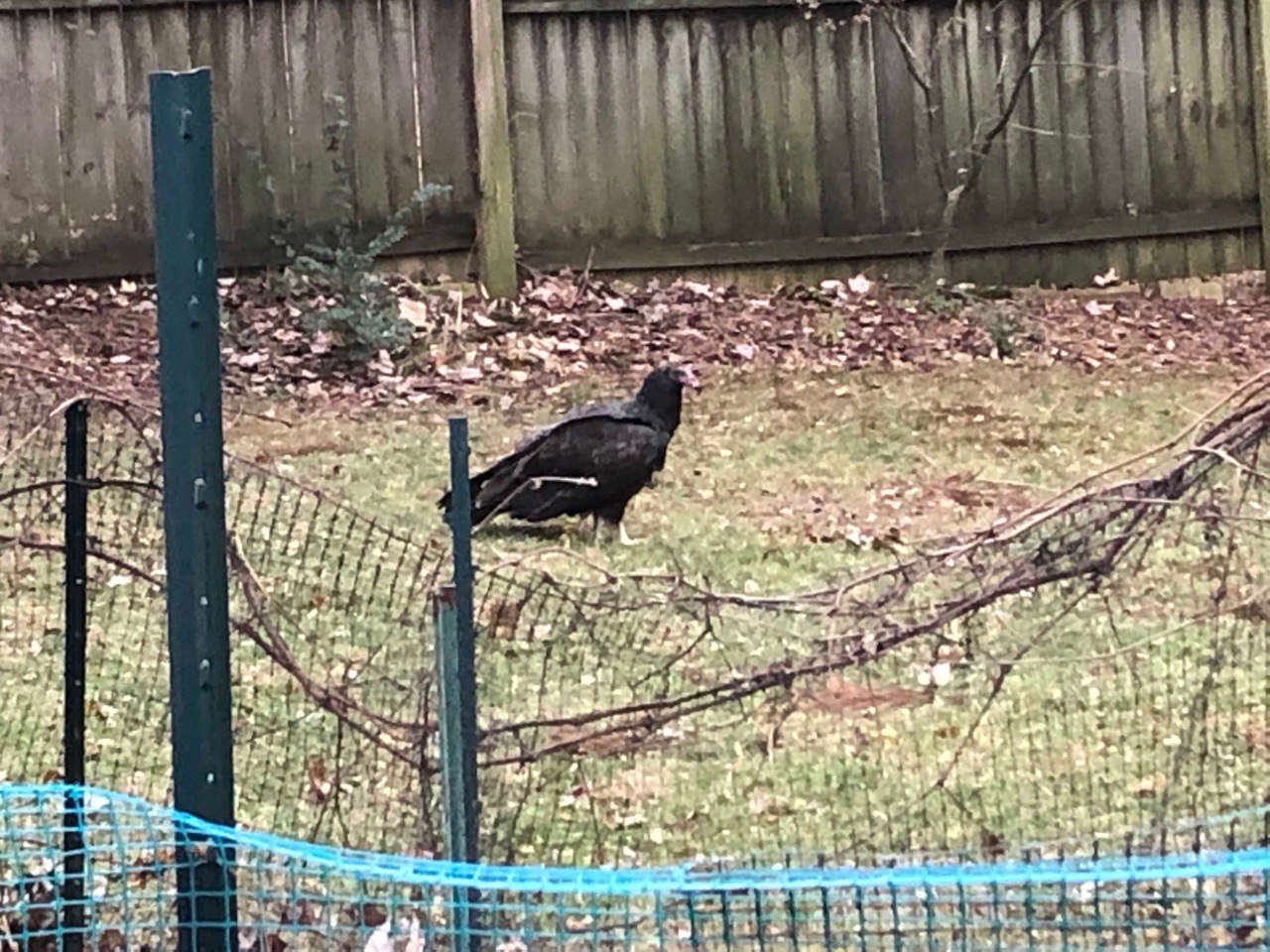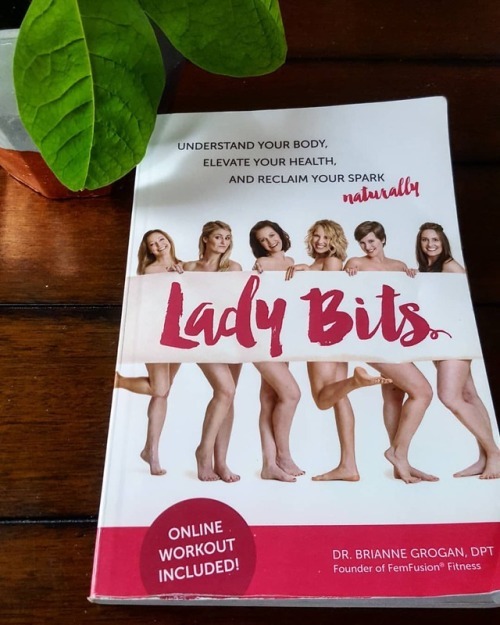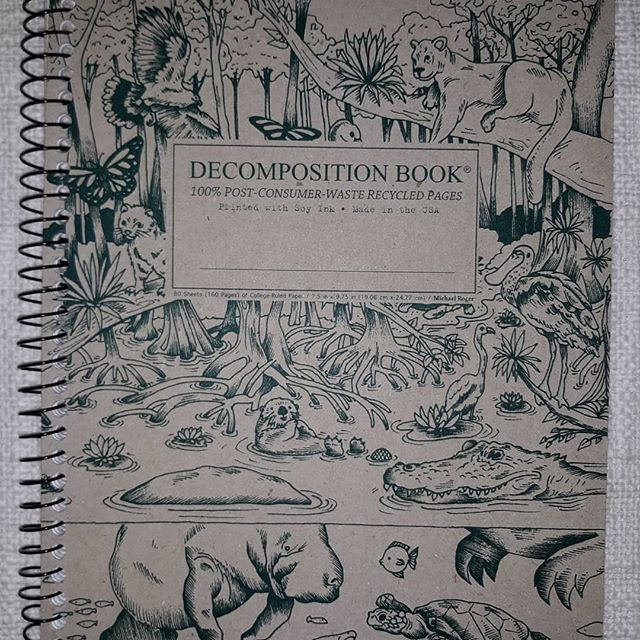I’m learning a lot about myself as we start ramping up in intensity here in my area with precautions. I already tended to keep to myself long before the social distancing (such a vague and confusing term) and shutdowns were in place, and I am lucky that spending all day every day with my toddler is no change to my life (if you are at home with your toddler and need ideas, I am by no means any sort of expert but I’m happy to share the weird things we get up to day to day).
I realized early on that the end of the world probably won’t be some crazy catastrophe like in the Hollywood movies, but rather a culmination from misinformation where no one knows what’s going on and everything interprets things differently. So many people put out opinions all over the internet and media, which we state as universal truths, and everyone can read it and then decides who they believe. I’m not talking anything drastically polarizing issues either. For example, with social distancing (I really hate that term) should we literally stay inside all the time, or can people continue to go for walks around their neighborhoods, workout together outside, go on hikes and bike rides, etc so long as they eyeball keeping 6 feet between them? Because from what I’ve seen, people are out most of the time, and social distancing just means don’t get in anyone’s bubble. But is that enough to stop the rapid spread? (Also note, I don’t think COVID-19 will be the end of the world, but I think it is the biggest thing that has happened in my lifetime as nothing before has managed to shut down the entire world to such an extent).
Food allocations also presents a looming challenge in my mind, and not because I feel that I don’t have enough. I am blessed and don’t have to worry about scarcity, but in thinking about how a quarantine could go on for months, I realize that scarcities in food are more complex than we thought. It’s not just about how much food the average American wastes, or how many people are currently starving, though those were and are huge issues already before COVID-19. But should infectious diseases rampage our populations indefinitely, our way of getting food (grocery stores, shipped from online) would break down and most of us would be left without supplies quickly. Our general systems rely on others to provide food for us, and we don’t really have a backup plan (besides, it seems, aggressive hoarding) when suddenly those others can’t keep the supplies open. We have created large bodies of people that cannot maintain themselves, and I’m not just talking about in urban areas. We don’t know how to farm sustainably, we don’t know how to read the land and know where to find food, or what is edible versus toxic or what we can help grow, what we can preserve and store and how, etc. We are really removed from being able to handle food (well most of us… I know there are lots of small and large scale farmers and permaculturists and foragers who make their way just find without relying too much on external systems). We also don’t think sustainably… how are you going to keep growing your foods when you can’t go buy extra soil at the store? When there are no more instant fertilizing blends or pest killers, and when we don’t know how to plant things that will grow together and survive multiple years? Do we even know how to cook if you don’t have electricity, no stove to boil things, no oven to bake in, no microwave easily available, no manmade refrigeration? Do we have ways to store water for when our infrastructures fail?
And then that leads us to water. This one is even scarier of a thought because we rely completely on water treatment sites and facilities to provide us water (at least where I live). And without water you die much faster than without food. In Maryland, there are not many (if any) natural lakes; they are all manmade and human-maintained which means they aren’t able to keep themselves in an equilibrium that keeps water pollution in check. So can we drink that water? Probably not unless you are desperate (or maybe if you already keep camping filters handy?). So what to do? Most places don’t have well-water established for their homes, and even if they do, you have to worry about what else is getting in and not filtering through. We all know about the chemicals people are finding in water supplies and in fish- from Prozac to birth control, but we forget about other aspects like how close are you to a military base that had a history of dumping chemicals? Do you live near a cemetery that practices embalming (those body goos and embalming formulas have to go somewhere)? Near a highway and its runoff? We haven’t had to think about where we get our water or how contaminated it is if we don’t have a system that attempts to filter it very much in our modern lives and it’s times like this that make that lack of thought all the more concerning.
And let’s talk about reproductive health. Sure we can tell everyone who doesn’t already have a semi-permanent style of birth control (inserts, condoms or birth control pills before they run out, etc) to abstain, but seriously… the human species hasn’t survived because people abstained. If we should have an end of the world, chances are people will continue to have sex and then where does that leave us? Do we even know how to be pregnant and take care of ourselves when we can’t have any medical visits, no vitamins we can buy, no internet to research what’s normal, no community of mothers and wise women to draw from because we’ve all lost that independence and knowledge decades ago. It makes me realize again how important it is to be communal, and why people like birth and postpartum doulas are so important.
And speaking of doulas. What do we do if someone dies? Do we know how to handle a body if there is no infrastructure to take it in for us? When there is no crematory open, no embalmer waiting? Can we still physically dig a hole and know how deep (3 feet, not 6!) to put a body so that it does decompose but also so animals don’t get it? Do we even know how to take care of someone who is dying when we don’t have access to medical care? These may seem like dark thoughts, but most of my rumination was spawned from reading about different practices we followed within the last century. That is not that long ago yet we seem to have lost how to handle and survive anything at a more local level in that time period.
The structure of humans has been that as we grow and make civilizations, we have specializations develop and people take over certain roles. But our communities have also expanded exponentially and now it seems that most communities outsource most of their needs and cannot rely on themselves to survive. Like I live in a census-designated place (apparently really common in Maryland), where we don’t have a common place/town square/mayor’s office, etc. If, in an apocalyptic future, we needed to go to a place to barter and trade we’d have to go to the next town over. There are no real sources of any business in our CDP, and everyone who doesn’t have the ability to work remote or at home (or at the one elementary school in our community) must commute somewhere else. So should infrastructures in our neighboring towns shut down, along with the mail and delivery systems of Amazon, google, etc… what do we have left?
I know this sounds dark, but in actuality I think these reflections help show where we have shifted our priorities as a civilization, and the limitations they present. It makes me wonder what the result of this pandemic will be… will people will retreat more into their own communities and try to bolster their innate skills and learn how to cooperate once more? I fear it will just make people try to switch to remote work more, and try to buy more supplies to stockpile in case of the next pandemic.
As someone who is studying death, these kinds of thoughts also make me think about our choices and if they matter on a large scale human spectrum (because obviously it matters for individuals, communities, societies, etc). We know we are all going to die…. do we as a whole make attempts to shift how- like work to address how progress comes with limitations and how we need to balance long term results together all as a team, or do we just let things continue in the direction they are going and hope the outcome won’t be any of the directions I worry about? And if the former, how do we do that?
And on a slightly lighter ending note… I apparently talk about green burials so often that my daughter decided to give her grandma’s garden gnome one:

